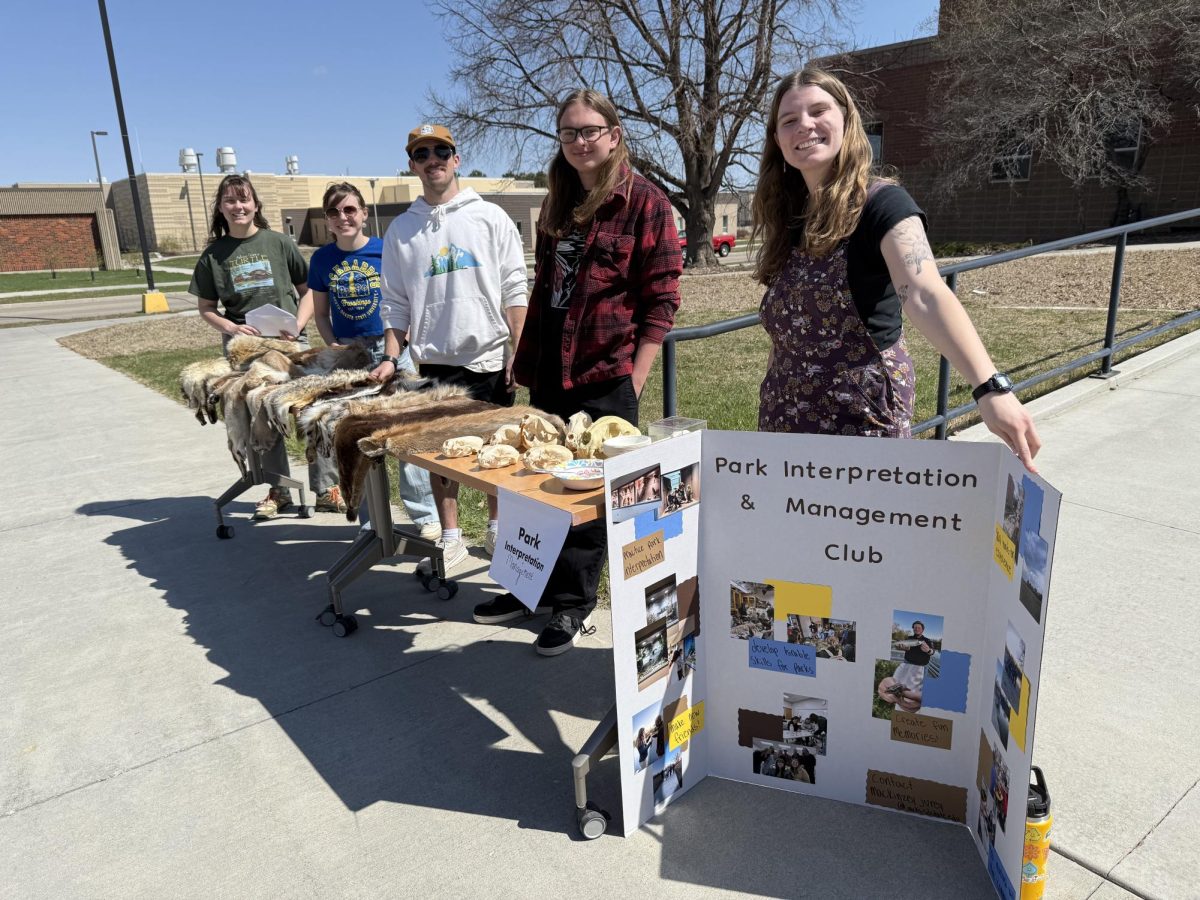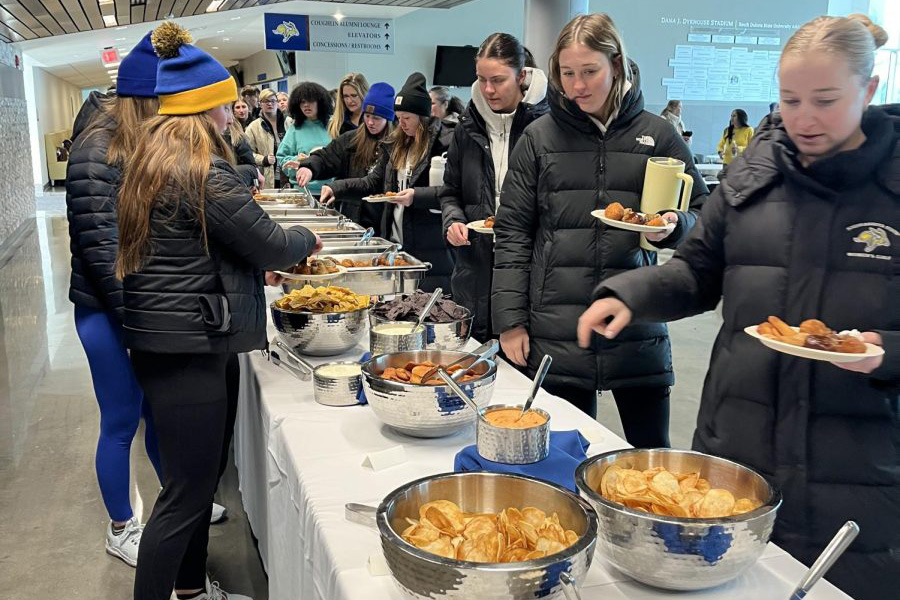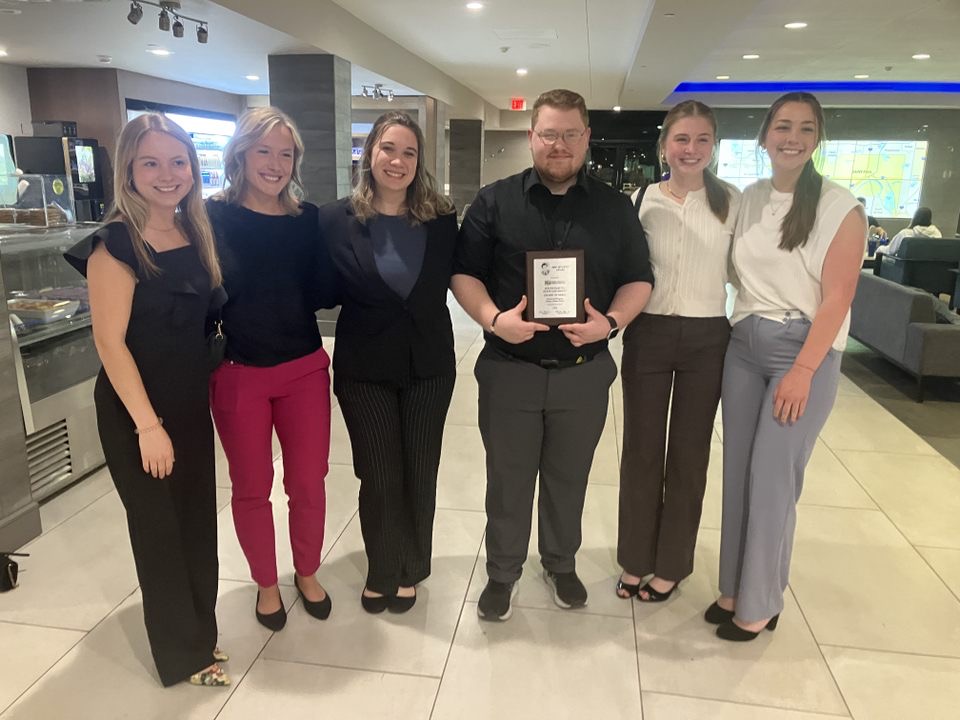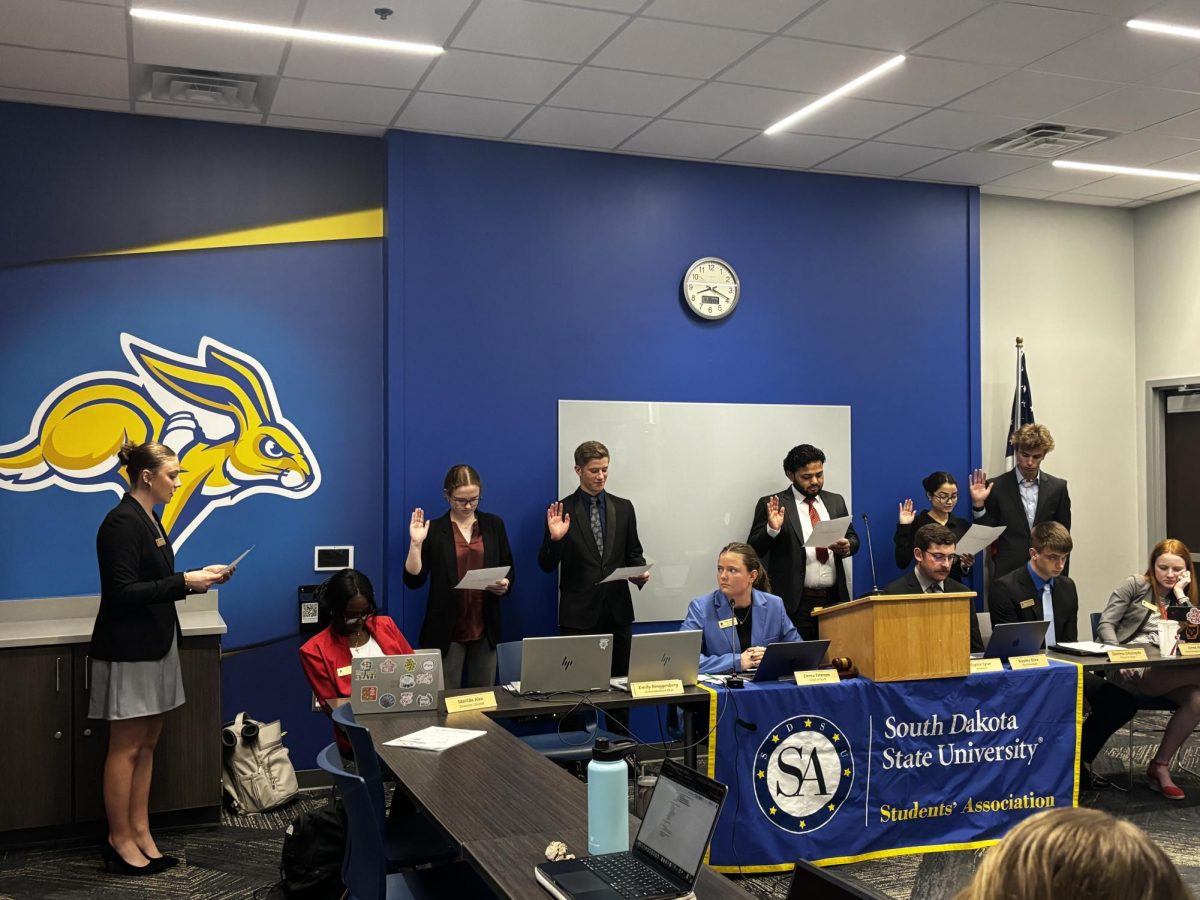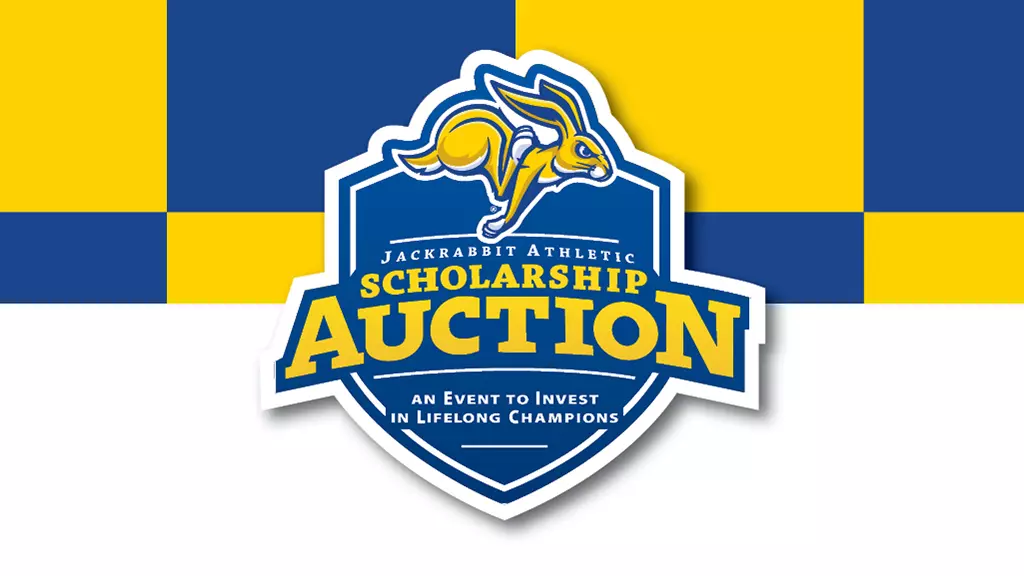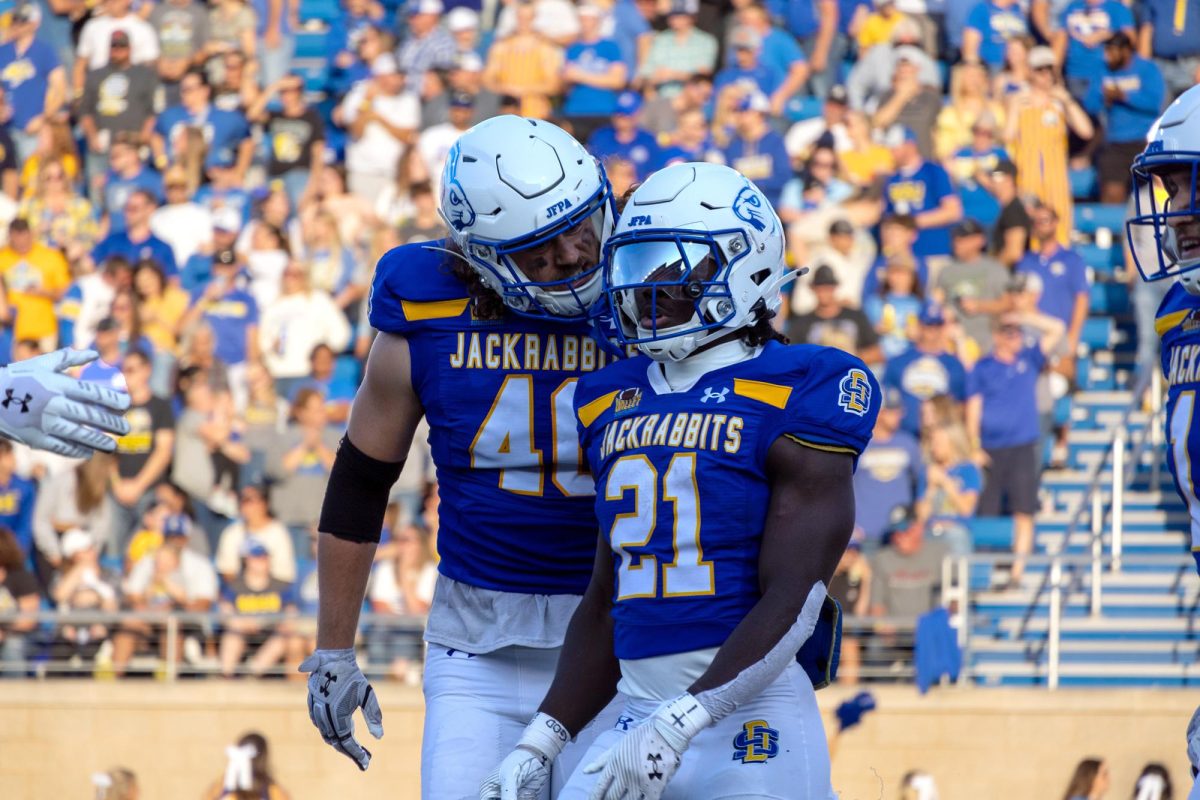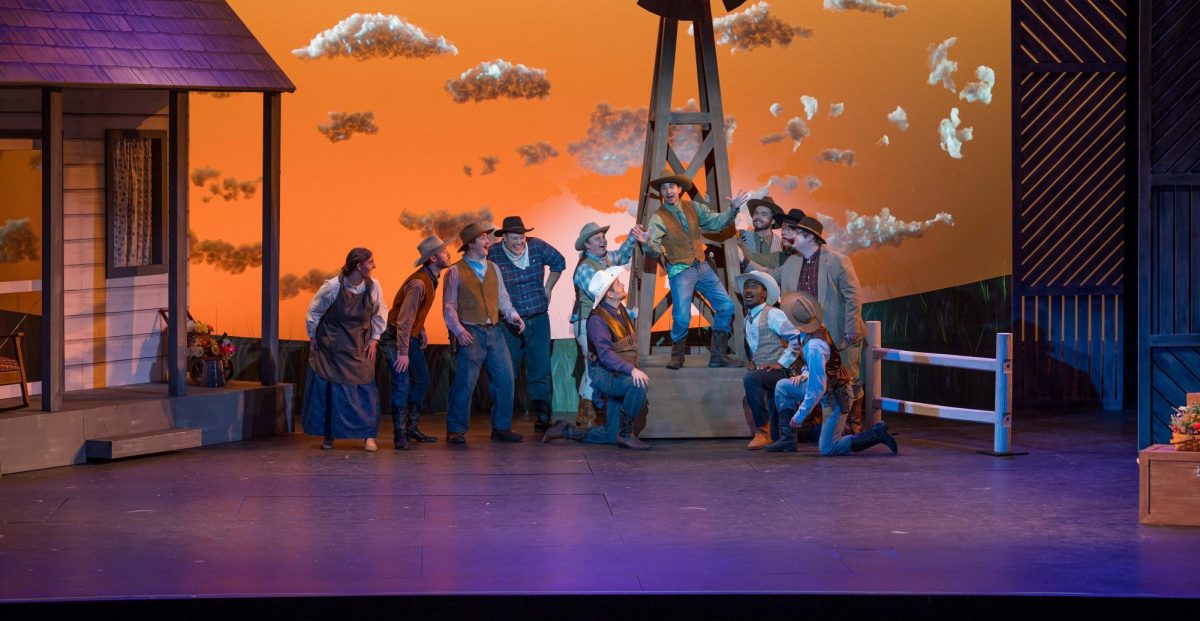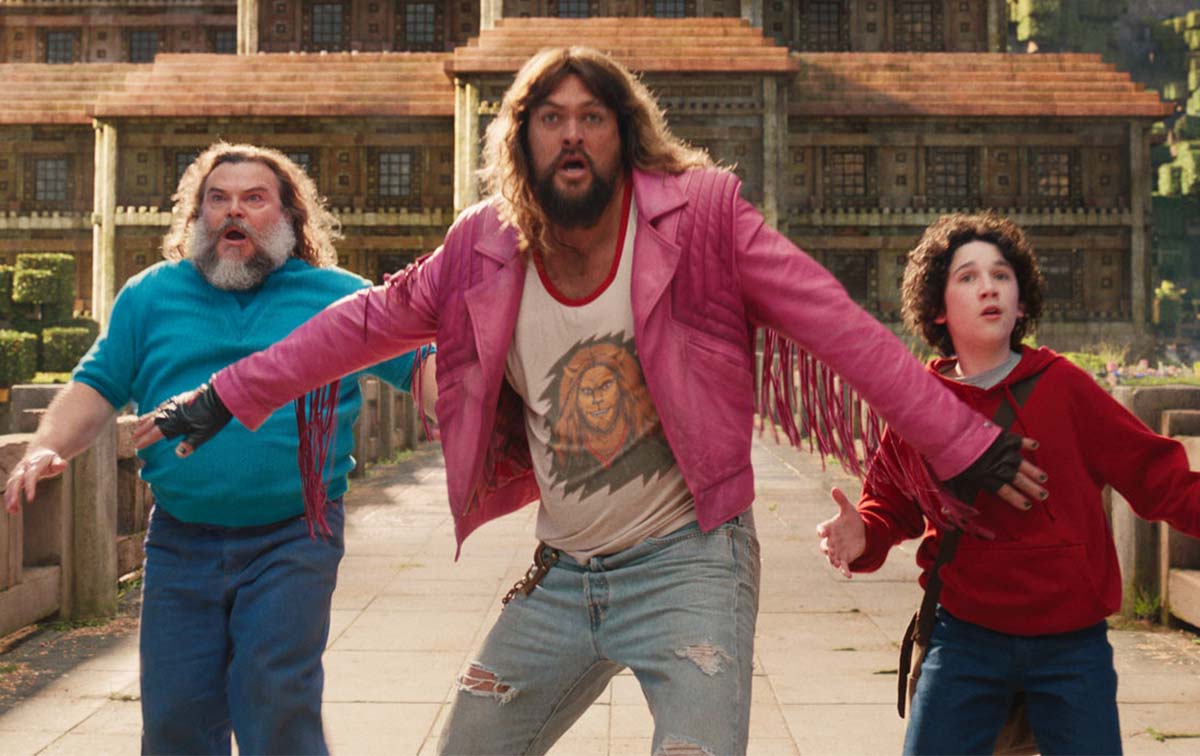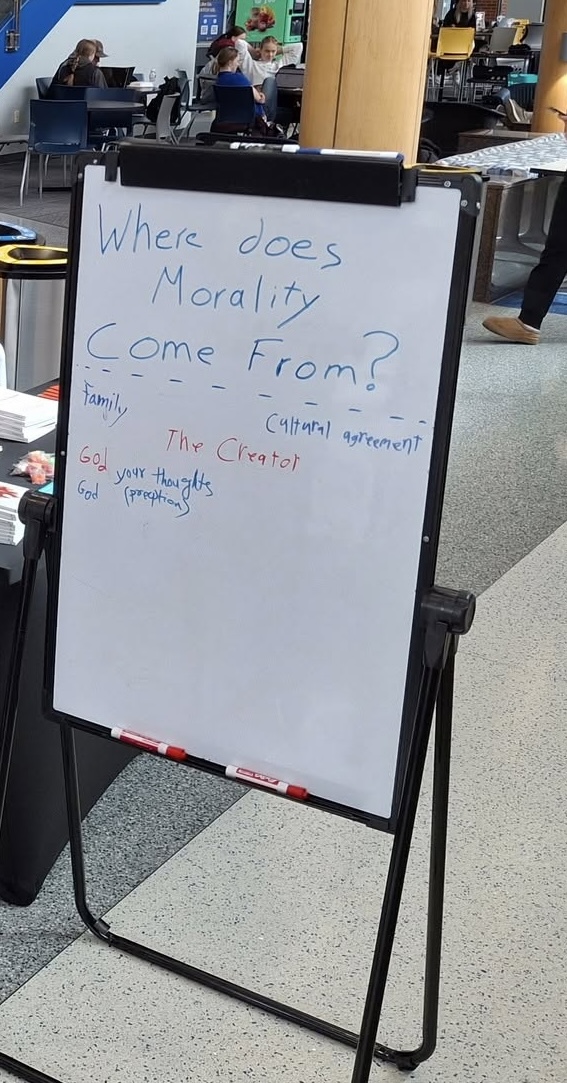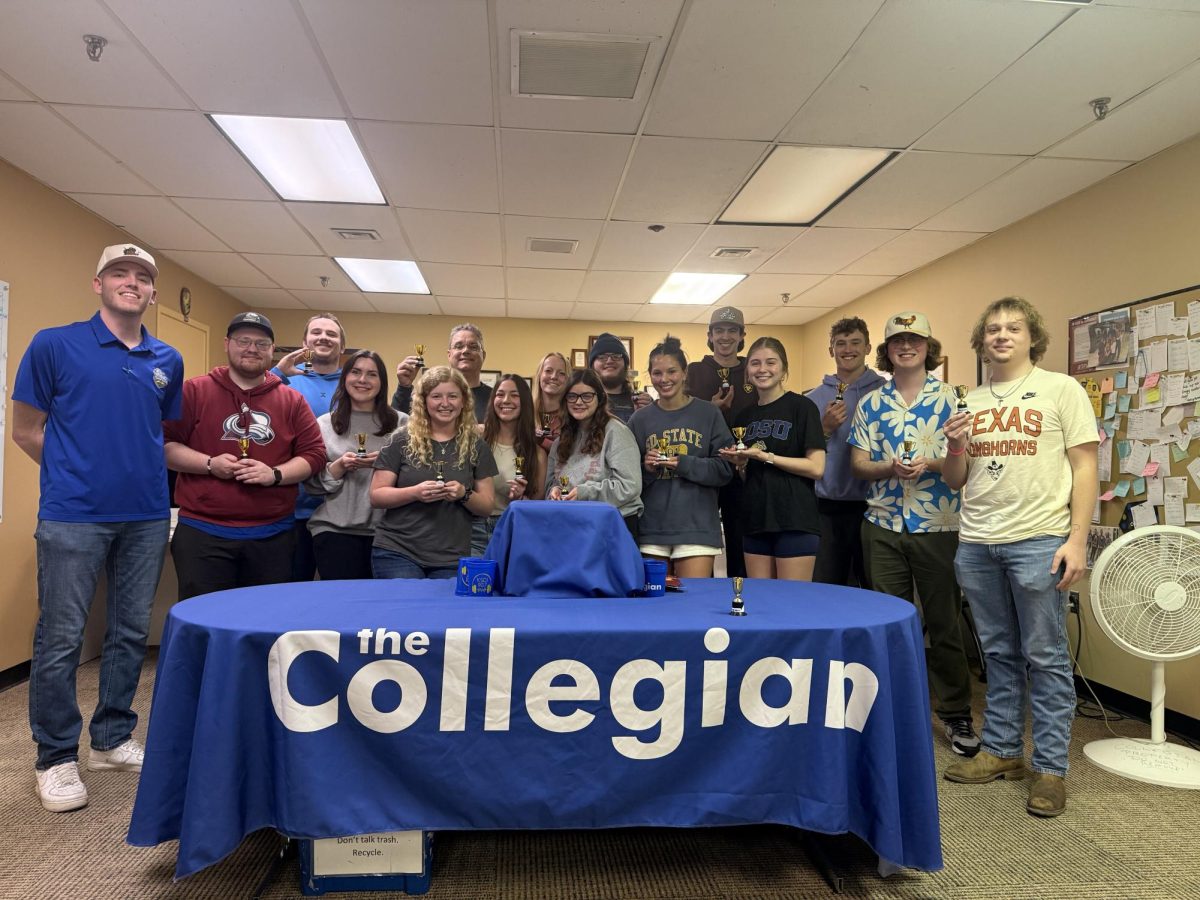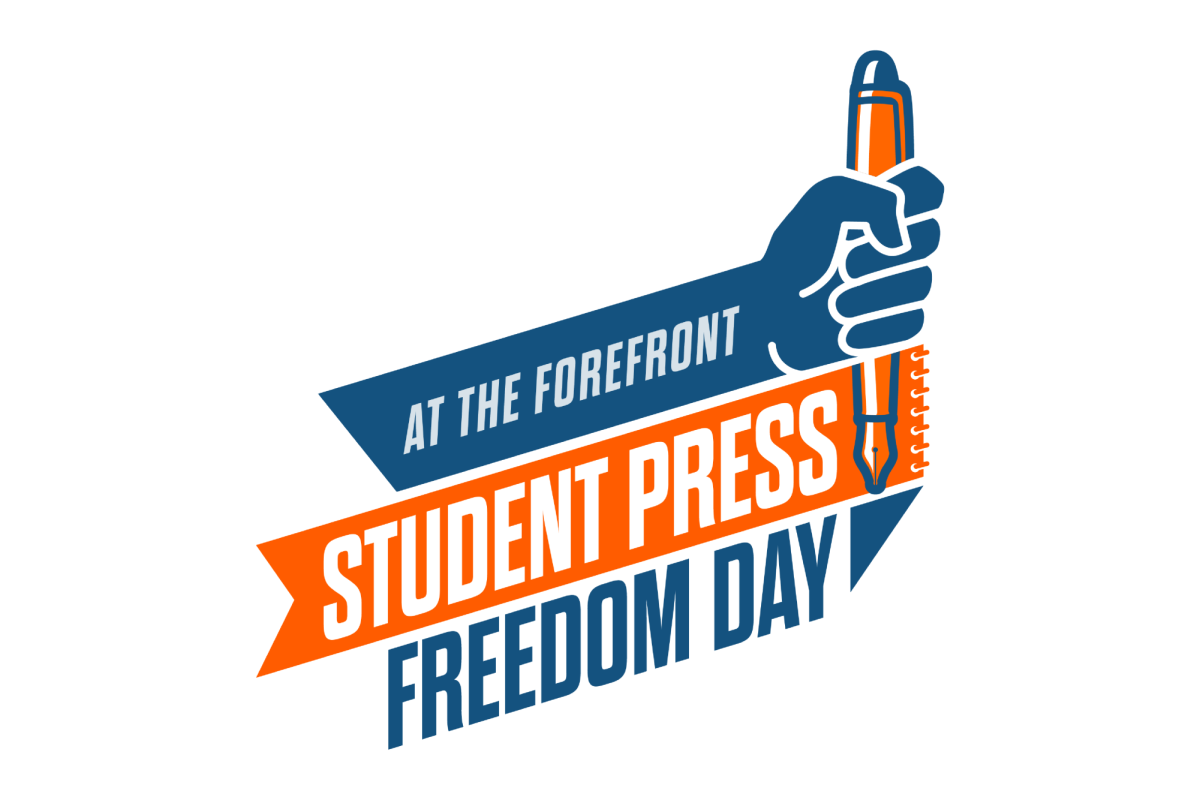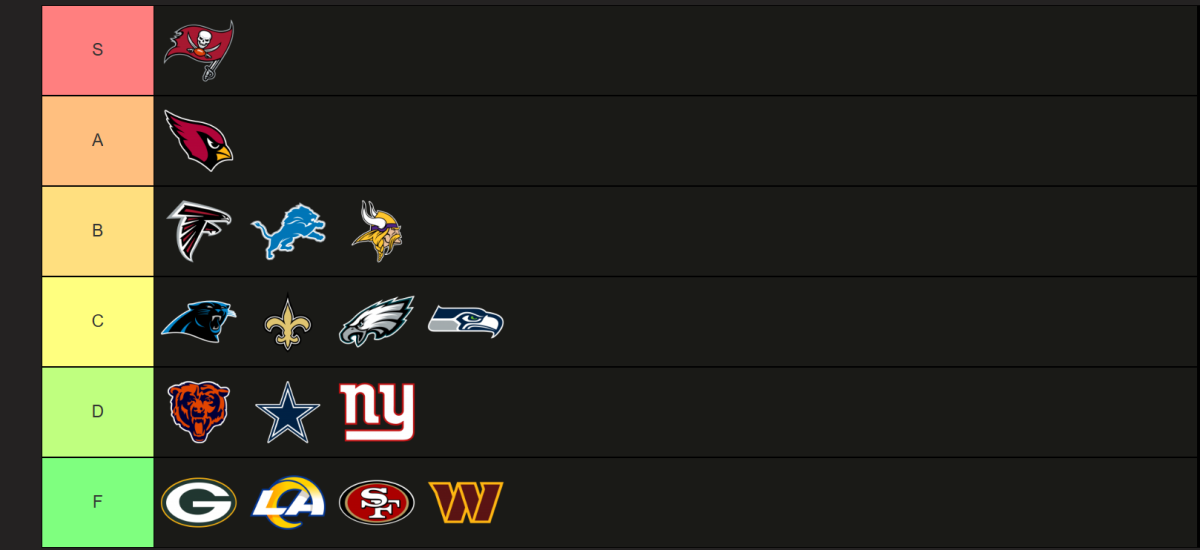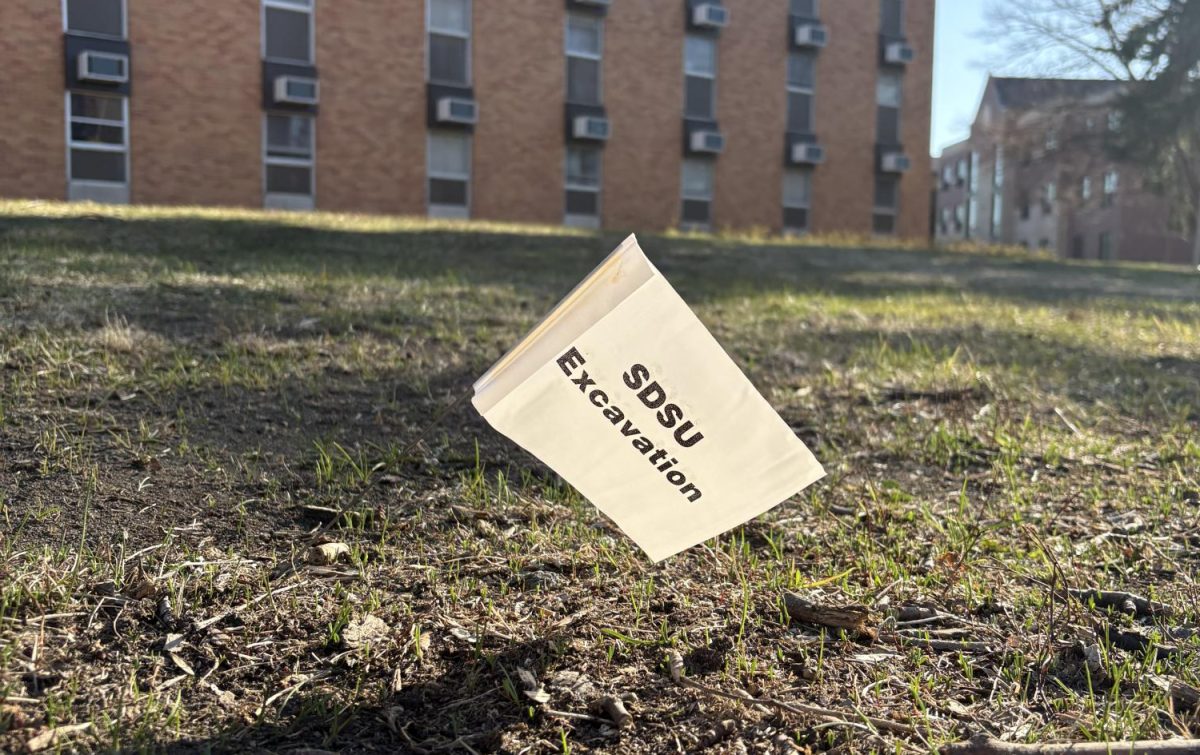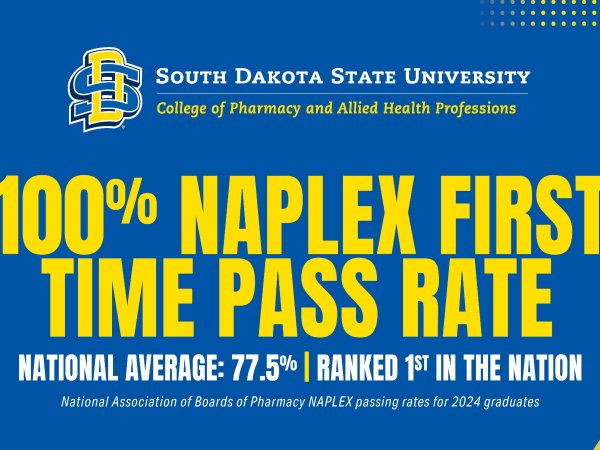While walking to class or enjoying an outdoor activity, South Dakota State University students may have noticed that a lot of trees have been taken down across campus, as well as many of their newly planted replacements.
Tree removals and plantings have been on the rise around Brookings, because of a “perfect storm” factor of emerald ash borer, diseases and underplanting, according to local experts.
John Ball, the extension forestry specialist at SDSU, said that Brookings is heavily populated with elm and ash trees. When Dutch elm disease was striking the community in the 1970s, the city suggested planting ash trees to replace them. Then, once the invasive Asian beetle – the emerald ash borer – arrived in South Dakota in the late 2010s, the surplus of ash trees that were planted decades ago were now on the chopping block.
In addition, from the 1960s to 1980s, very few trees were planted, meaning the community was inheriting a less populated generation of trees compared to before. It is only now that this generation of trees is becoming victim to the diseases and pests that we are seeing the consequences.
These factors, as well as others such as construction, have led to the Brookings and SDSU forestry departments being busier than ever trying to heal this woody wound, as well as stopping the spread where they can.
“It’s not like every ash tree in town has EAB [emerald ash borer], right now,” said Ryan Burggraff, forestry supervisor for the Brookings city forestry department. “But every ash tree in town, if left untreated, will.”
But not all hope is lost. Treatments may be a solution to keep a healthy tree strong. These treatments, which usually come in the form of chemical injections, happen every other year. This process is significantly less efficient when used on trees already infected, so this practice is used primarily on remaining healthy trees, according to Burggraff.
Trees are also being planted all over SDSU and Brookings to fight the growing issue. SDSU typically plants about 100 to 150 trees on campus each year, while the city plants 250 to 300 trees each fall, with an additional 500 to 600 saplings given away to the community around Arbor Day.
So, how can the community help?
Protect what you can. If there is a specific tree a family wants to keep safe, say a tree that provides shade to their whole backyard, these injections and treatments may be their answer. Burggraff suggests contacting someone who is an International Society of Arboriculture arborist, as well as a licensed commercial applicator.
Plant, but don’t overplant. Tanner Aiken, the project manager/horticulturist at SDSU, said the next species of tree that is at risk of over planting is maple.
Aiken said that, similar to ashes and elms from generations prior, maples have become the most popular species of tree to plant. However, this leaves the community just as vulnerable as before to a new kind of disease or invasive pest.
“Standing in your front yard, take a look around,” Aiken said. “If you can see two or three maples from your front yard… you’re picking a different tree.”
But where can people get new saplings and trees to plant? And how will they know how to properly take care of it?
South Dakota’s Arbor Day is celebrated on the last Friday of April, which in 2025 lands itself on April 25. Both SDSU and the greater Brookings community will have opportunities for people to learn about proper tree care, as well as get a new tree to plant.
The city will have 500 to 600 hackberry saplings available to take home, with one being given to every participant in the Kay Cheever Annual Arbor Day Run/Walk For Shade 5k. After each participant receives their sapling, the remaining inventory will be stored in the county building and can be picked up by residents for free.
Alternatively, on SDSU’s campus, the annual Arbor Day plantings will take place where 15 total trees will be planted in between Caldwell and Young halls. The event will begin at 1 p.m. and offer hands-on experience planting trees alongside the likes of certified International Society of Arboriculture arborists Aiken and Ball, for those willing to get their hands dirty. Each year, the ceremonial plantings are accompanied by addresses given about specific related topics. This year, the main educational theme is diversity.
SDSU officials are hoping to see the most student engagement yet for an Arbor Day celebration later this month. Aiken is optimistic this goal will be met. He said that some of the large elms on campus were planted right after World War I and that they were planted by someone just like these trees will be.
“I think it’s humbling a little bit, you know? You’re doing something that is going to outlast you by a fair degree” Aiken said. “You’re making your mark.”


